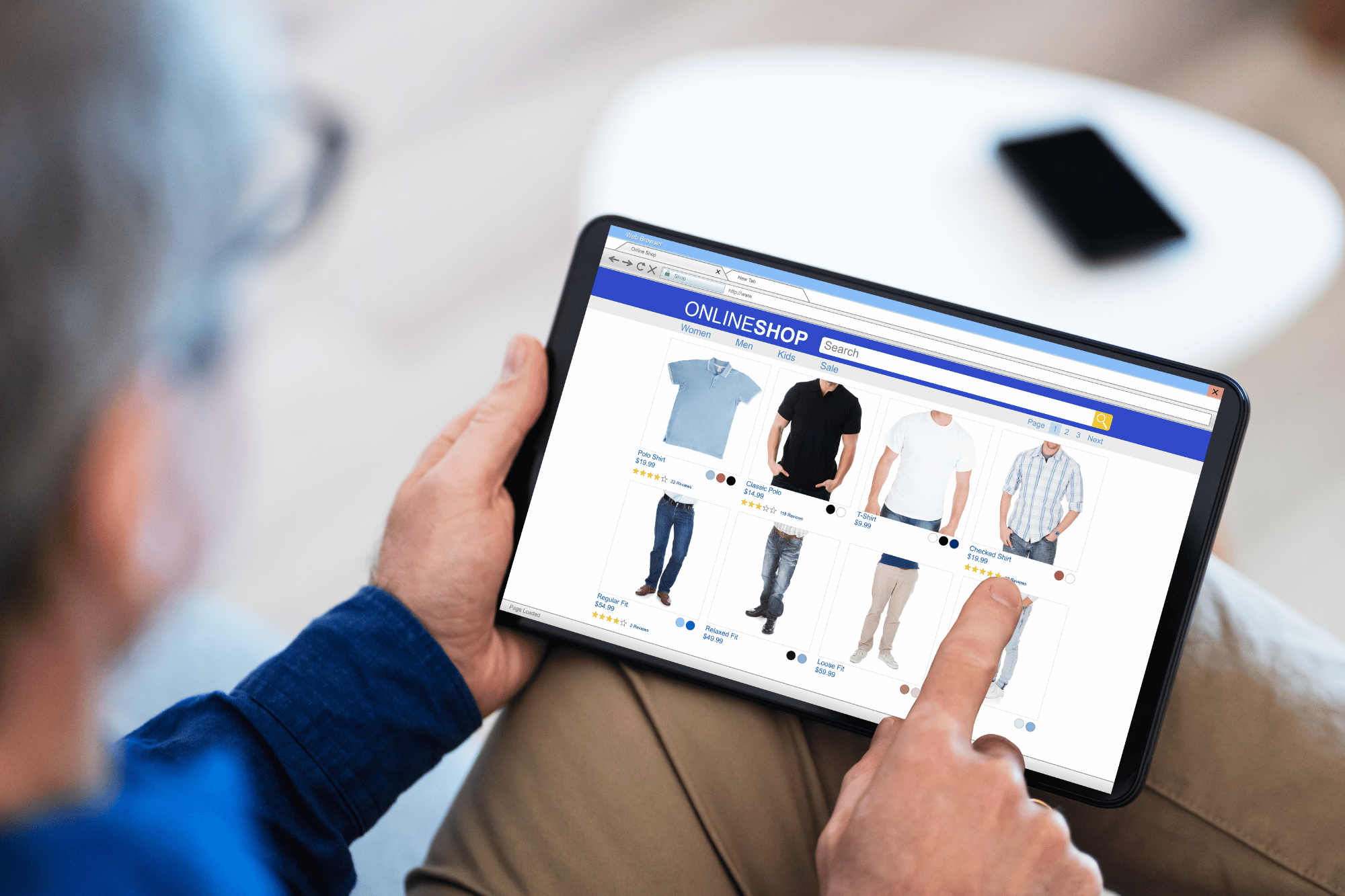10 Points to Consider With Your eCommerce Product Fulfillment
Whether you opt for a do-it-yourself (DIY) approach to order fulfillment or decide to outsource that aspect of your business to a professional fulfillment center, you need to develop a solid fulfillment strategy. One that works for your business and whose success is easy to track.
Any plan could “feel” right without reporting and metrics, right up until it falls apart. Tracking and measuring the accuracy and overall success of your fulfillment strategy will mean you not only understand it but can refine it as you go. Let’s dive into the importance of both and also discuss the importance of packaging.
Metrics
Metrics are a means of tracking your product. If you’re taking a DIY fulfillment approach, then you need to begin researching the types of inventory and fulfillment software that will both manage and maintain your warehouse. Metrics within software does just that; it tells you how your product moves as well as where it moves to, and much more.
Without metrics, you’ll be sure to find an entirely inaccurate inventory count the next time you do one. Worse yet, keeping the logistics of fulfillment in your head (or even on paper) is a headache. Most metrics will refine your back-of-house fulfillment system to an array of numbers that are easy to read and understand.
A professional third-party logistics company (3PL) will handle shipping logistics for you. They should not only have this very same software; they should know it front and back. The reports you receive from this metrics data will be concise and spell out exactly how your fulfillment numbers are going.
Reporting
While metrics are all about the data you gather and track through your fulfillment process, reporting is about making something tangible from that data that you can share and learn from. A report should take all of the individual pieces of data your fulfillment software tracks (or your 3PL collects using their methods) and gives you a story that sheds light on your customers as well as the efficacy of your business.
Shipping Calculations
In the days of free shipping at places like Target and Amazon, it can sometimes feel like you’re not competitive enough as a smaller business. However, using the data you gather, you can gain some insight into who you most commonly ship to and if anything, seems to be keeping them from hitting that button.
Using back-of-house data, you can also calculate how low you can keep your shipping costs; more volume means a better contract with your delivery provider, which means you can charge less to customers for shipping.
A 3PL service will already have this aspect of your business streamlined, and even have competitive shipping rates that you might not have access to. When it comes to shipping, DIY will usually cost you more, which means you have to pass that expense to your customers.
Repeat Customers
Fulfillment software is, at its most basic, a way to control the logistics of your inventory. At its most sophisticated, it’s a tool that tracks buying habits and gives you precious demographic data on your customers. You may want to consider offering repeat customers special promotions or even integrate that metric into your next marketing campaign so you can focus your promotional efforts on the people you know are true fans of your brand.
Either way, repeat customers are easily discoverable if you pay attention and use the right software. We offer this solution because we’ve found that it’s incredibly effective to give special attention to recurring shoppers.
Packaging Sourcing
I tell our clients that, in packaging, there are the 3 S’s that you should follow. Those are sourcing, styling, and shipping. All three of these components can come together to elevate your brand, give it a final touch, and ultimately streamline your shipping and packaging process.
Sourcing
Procuring your packaging can be a giant headache. I find that many clients are surprised that what they consider an afterthought (boxes, bubble wrap, tape, etc.) ends up being one of the most expensive consumable items within their business. It’s essential to consider your sourcing when strategizing order fulfillment. Find a packaging source close to you (faster and cheaper delivery), and offers bulk options, which will have offset pricing.
A professional 3PL service will take care of this headache for you; they already source their packaging and a credible 3PL will have a long-term contract with a packaging supplier. You won’t have to think twice about sourcing your packaging if you use a 3PL.
Styling
Are you planning on stuffing your product into nondescript brown packaging, or are you looking for a tailored approach that fits with your carefully curated brand image? A styled approach to packaging can set your product apart from the competition, but it will also come with higher costs and be more logistically complicated.
3PLs are like any service provider; you can shop around and ask questions. However, compared to finding a stylish packaging option yourself, asking these questions to a few of your top 3PL choices is trivial.
Shipping
At the end of the day, the final cost of shipping your product is the bottom line. So many factors affect this price, from the relationship with your delivery provider to the packaging you chose. Before you dive headfirst into fulfillment, you should ensure you thoroughly understand how your previous fulfillment decisions will impact your bottom line shipping costs.
If you choose to contract your logistics to a 3PL, this data will be collated into a report and before the first box goes out on the delivery truck, you’ll have a solid understanding of how much your products will cost when shipped out to your customers.
Return Policy
Creating a customer-friendly return policy can be a nightmare if you wing it. I always tell clients that a return policy isn’t just a means to an end; it’s sometimes the olive branch that can turn a potentially unhappy customer into a lifelong fan.
However, you want to ensure your return policy makes sense for you. That means that it fits into your back-of-house logistics in a way that doesn’t cause undue chaos.
A great return policy is generous to your customers without overtaxing your business. Yet, how do you figure that out? Using the aforementioned reporting software can help, for sure.
If you use a third-party logistics provider, you’ll be able to vocalize your needs to a team of experts. The details won’t matter so much; they’ve more than likely dealt with similar policies in the past. They’ll work behind the scenes to envision what you have in mind.
Product Fulfillment is All About the Front End
It might seem like it should be the opposite, but product fulfillment truly is a front-of-house component that just happens to happen behind the curtain. While the logistics of your business are best kept out of sight, the fruits of those labors are meant to be displayed to your customers.
What does that look like? Fast, responsive shipping, low (or no) shipping costs, and a generous return policy that gives your customers the confidence to hit that buy button. However you achieve this, whether you take a bootstrap approach and develop a proprietary strategy, or leave it to the professionals at a 3PL service, you’ll find that it’s perhaps the most important component to your business, especially when nobody notices.
Interested in how Bluegrass can help?
See what we can do.
You may also like...



